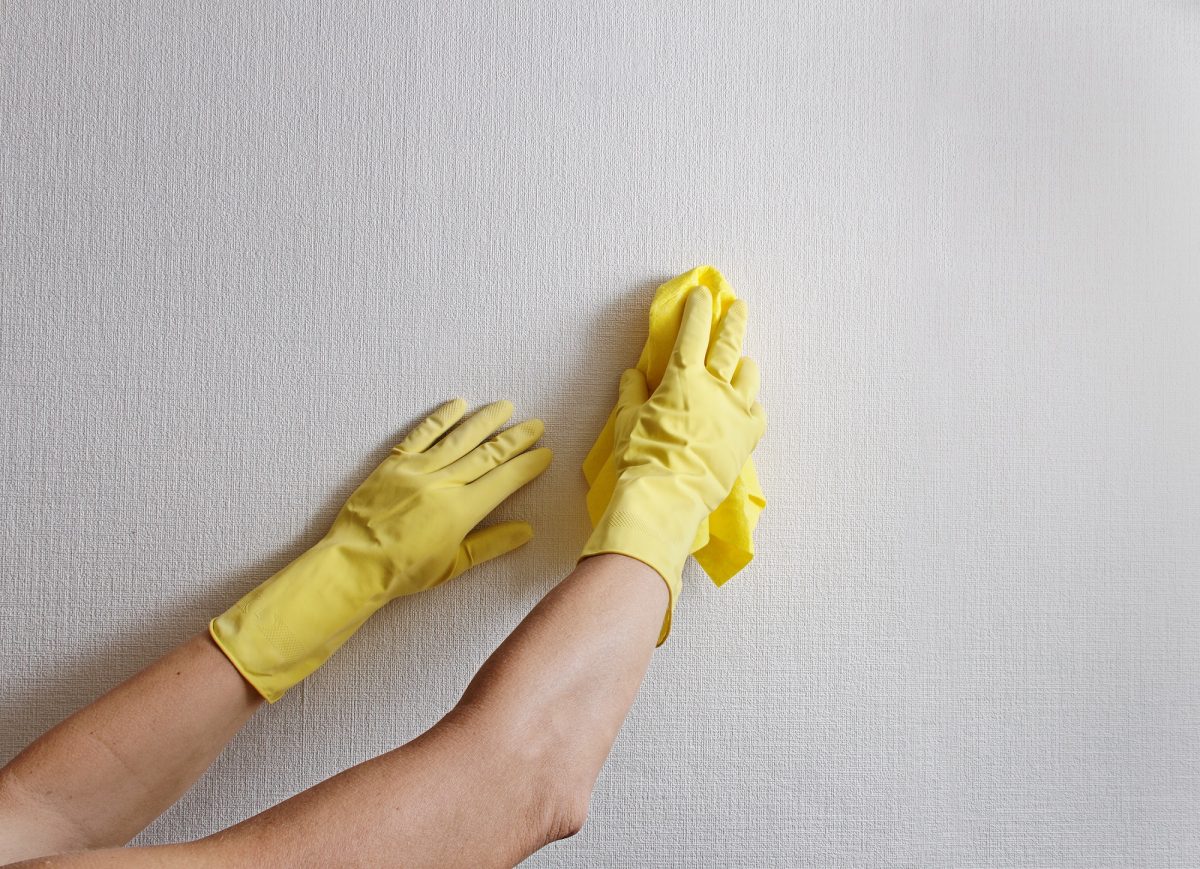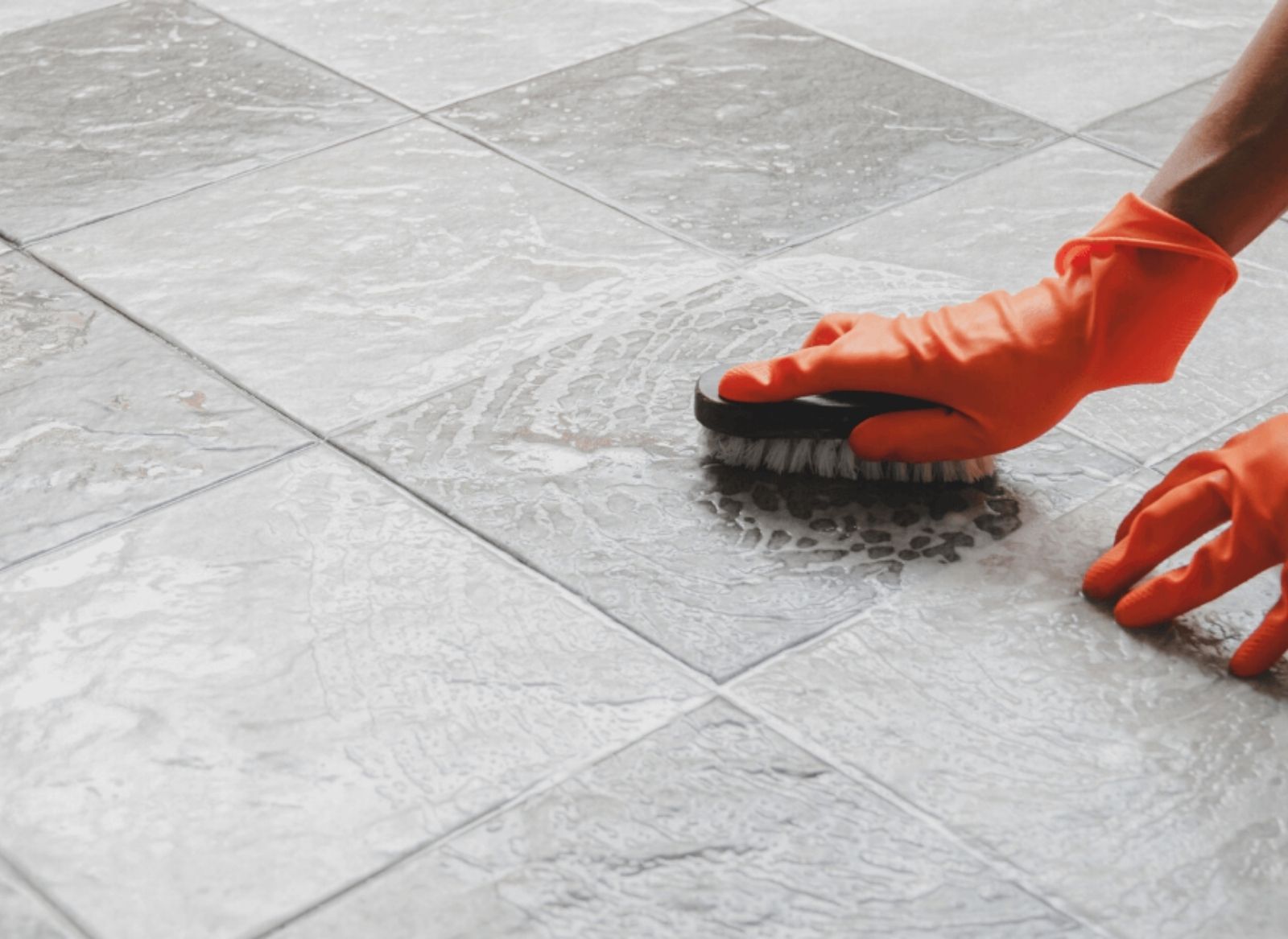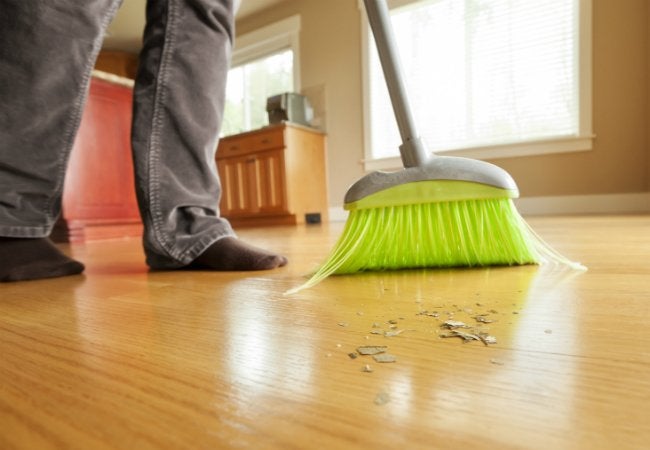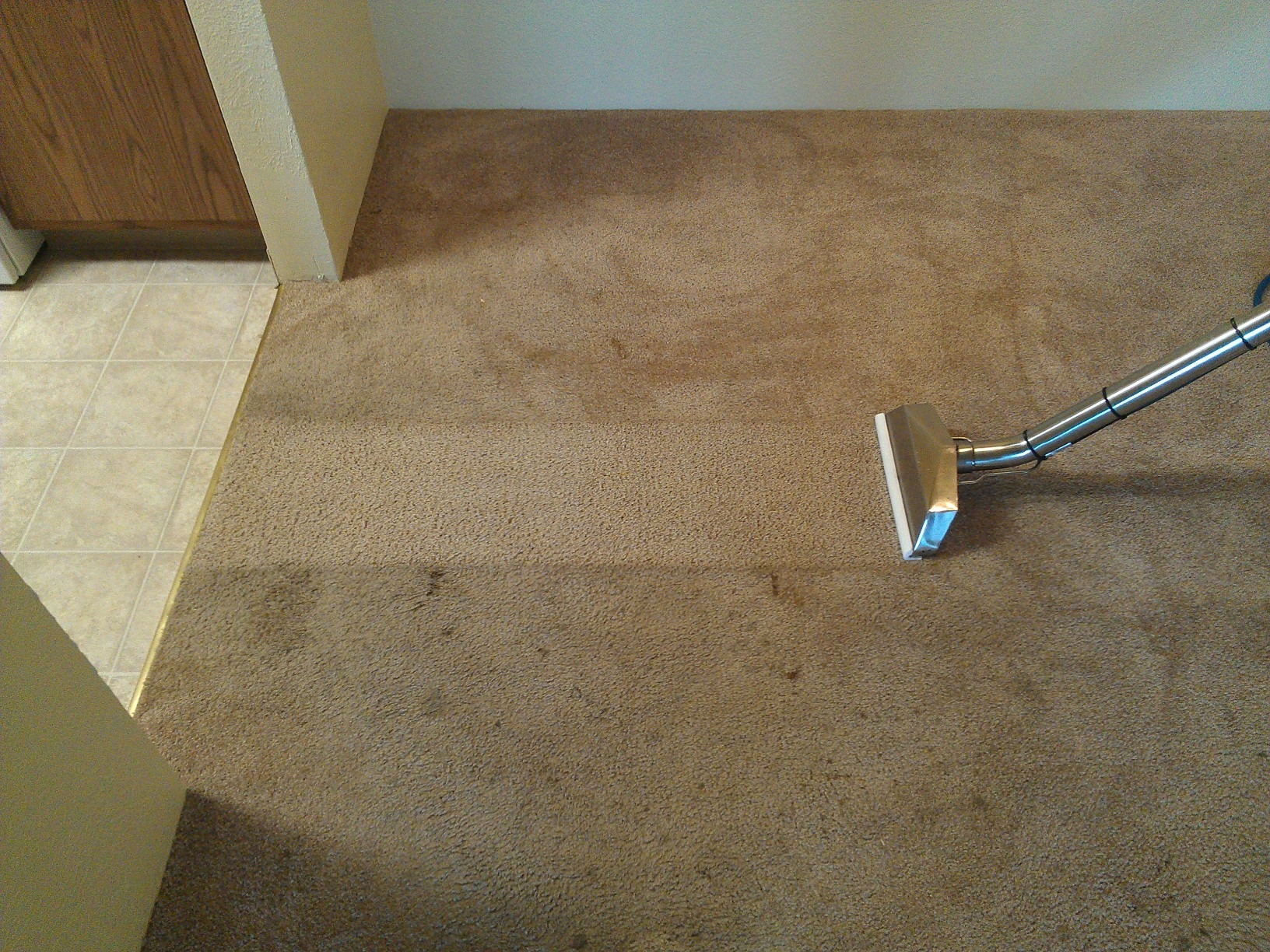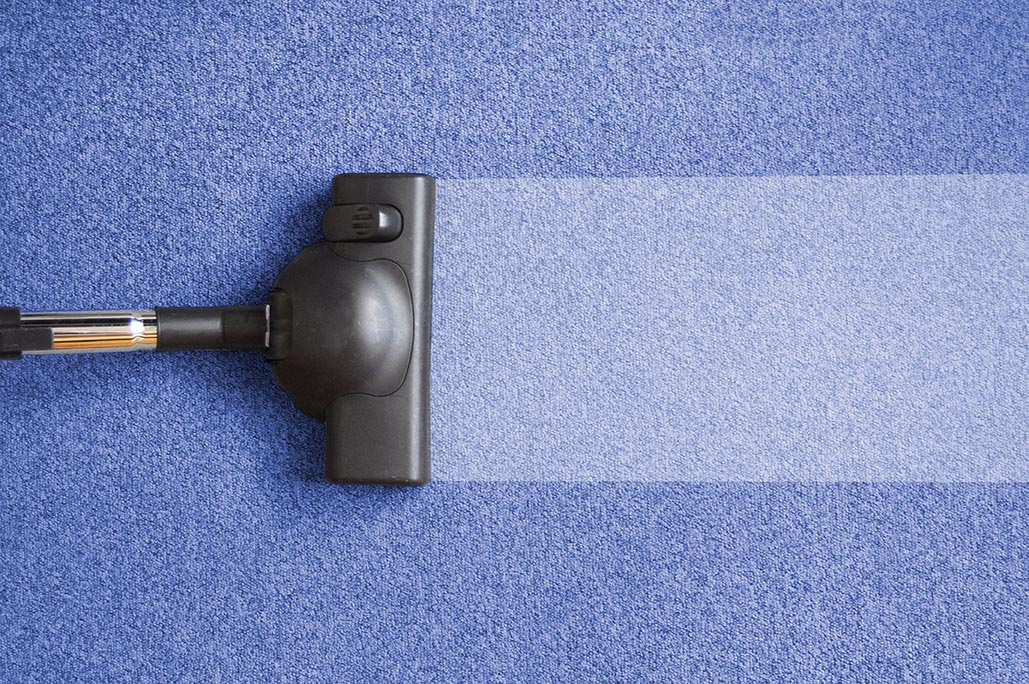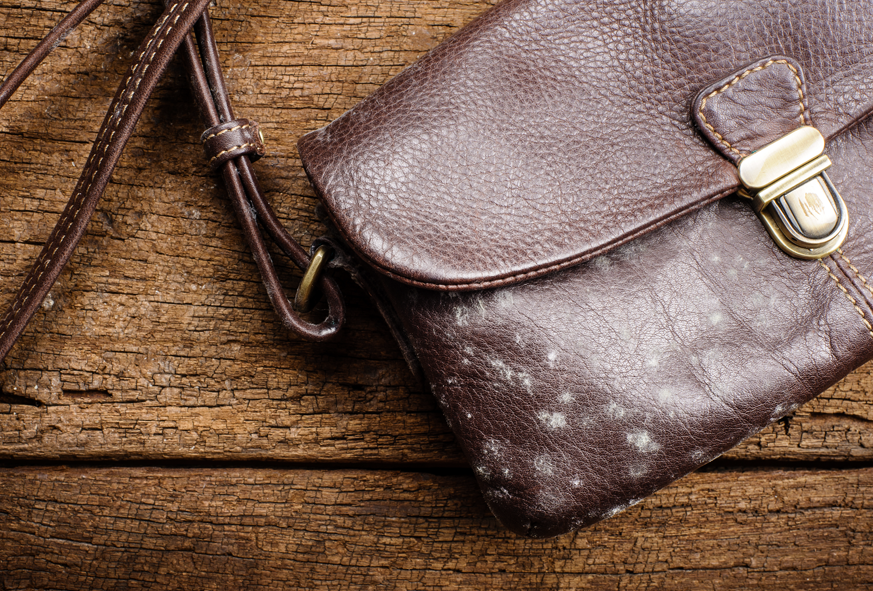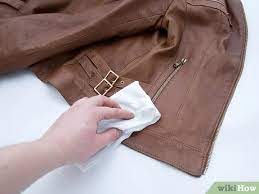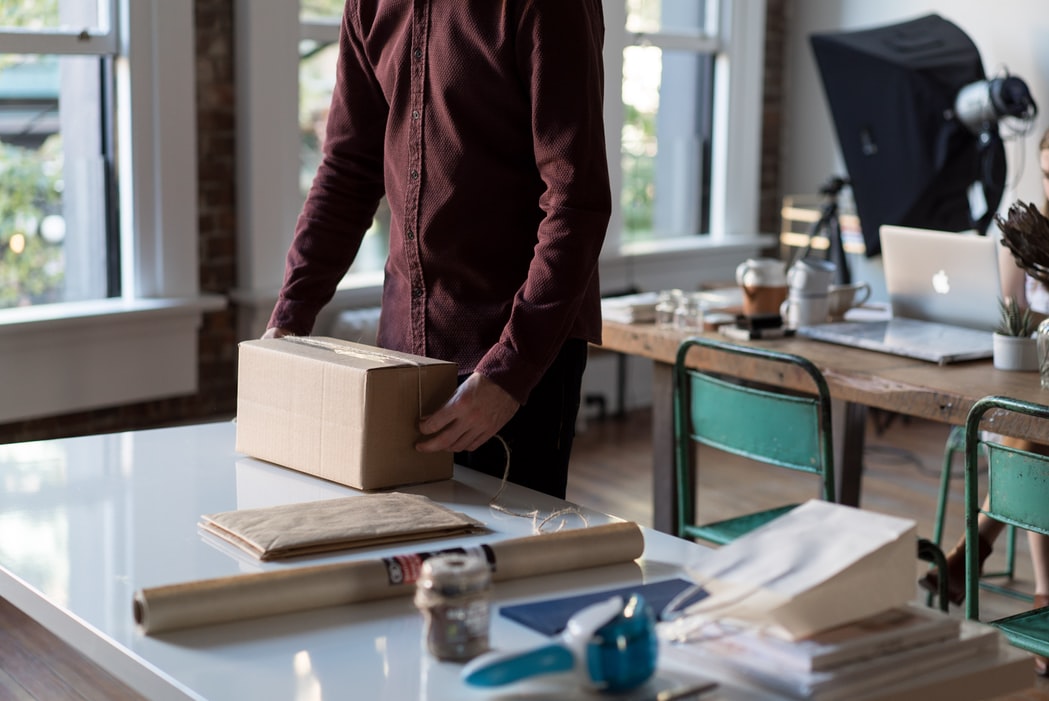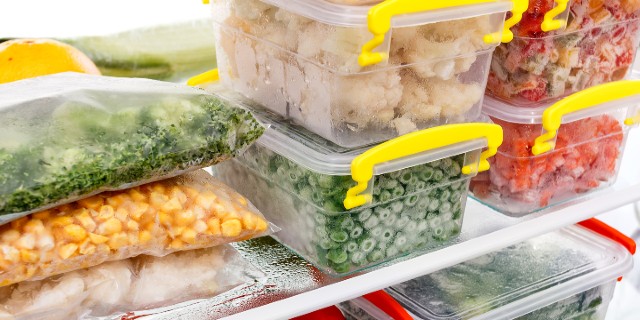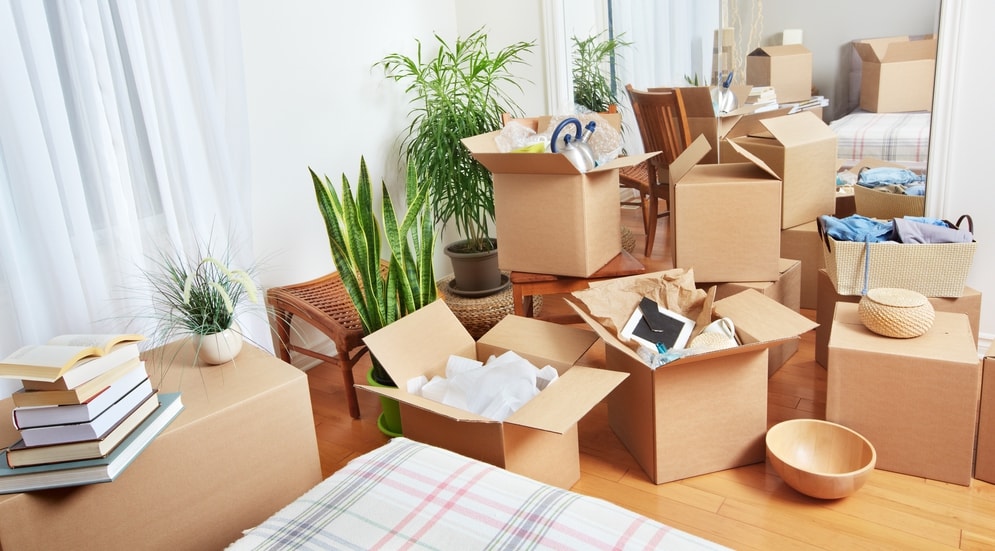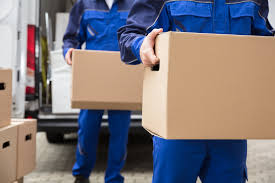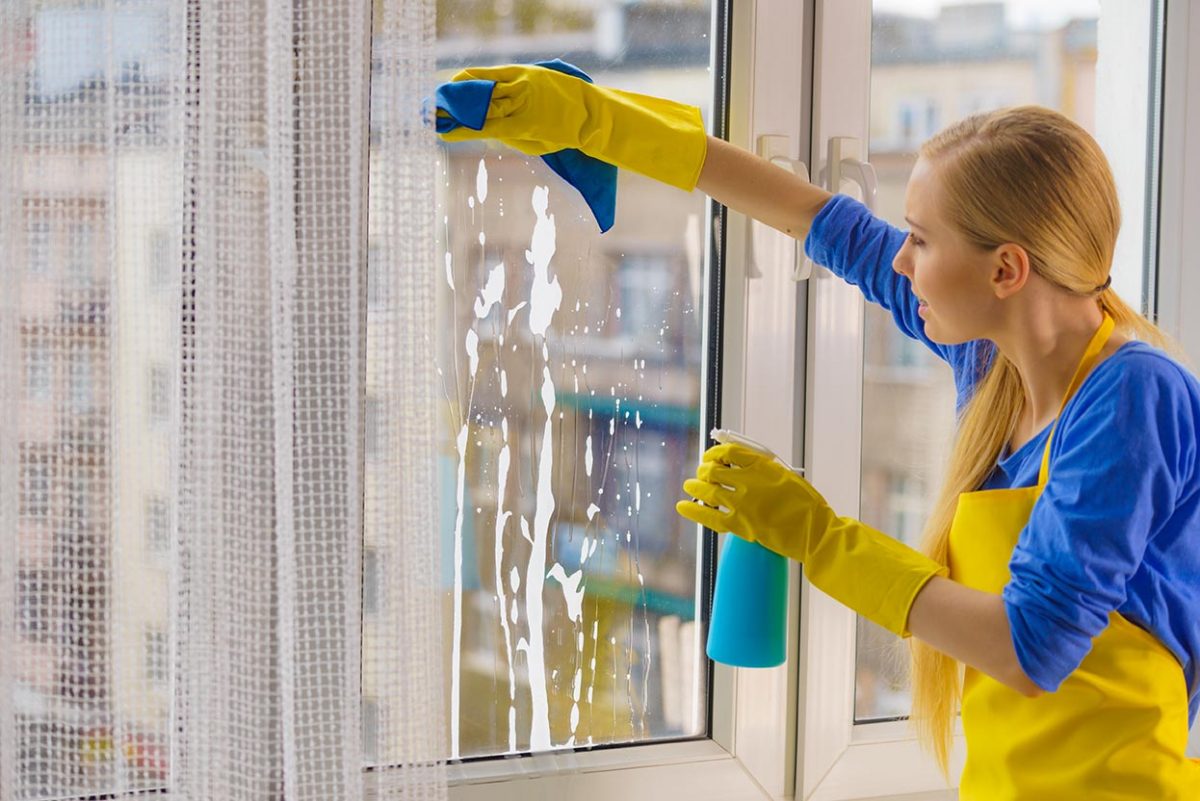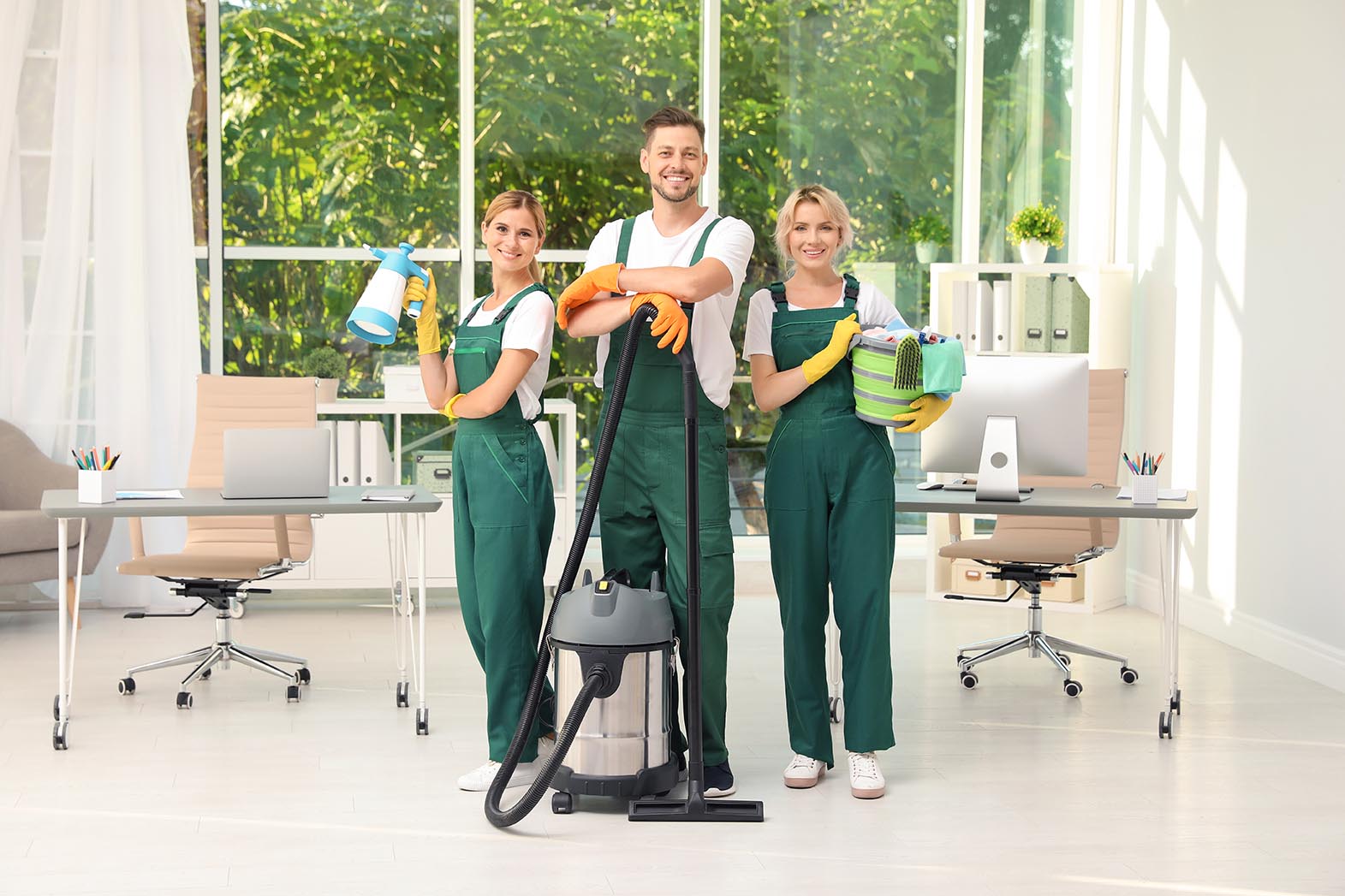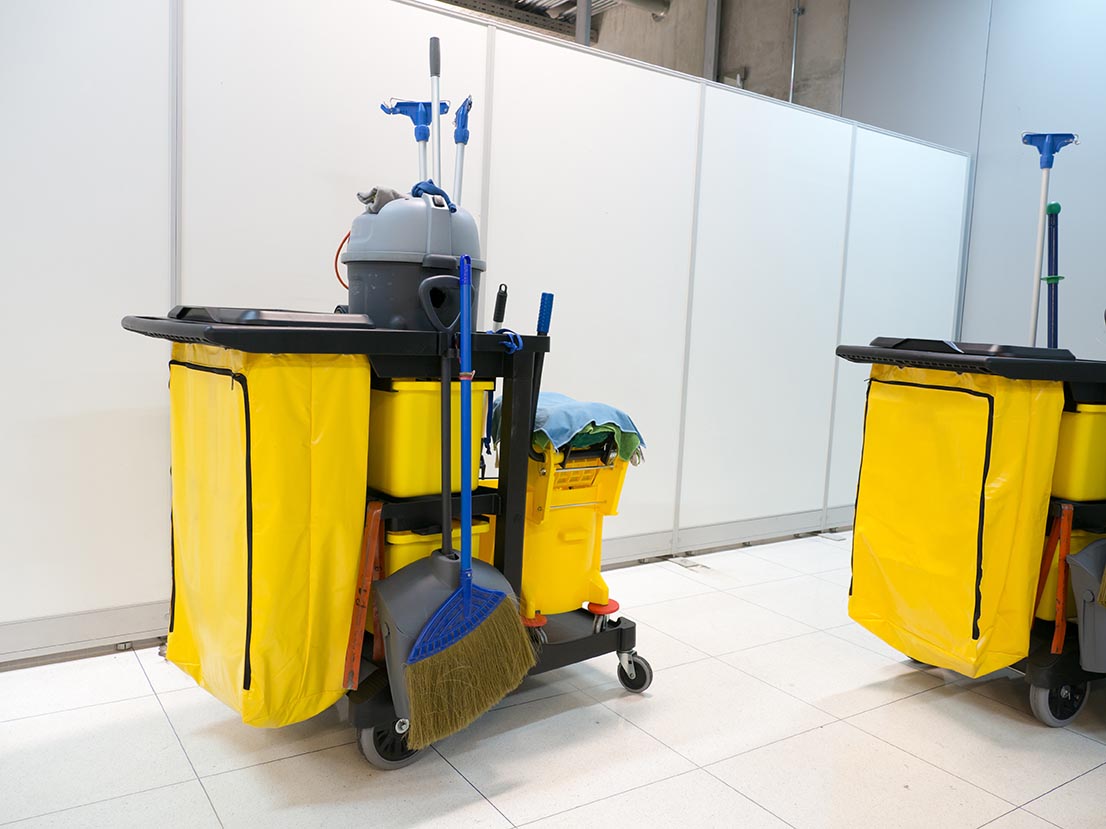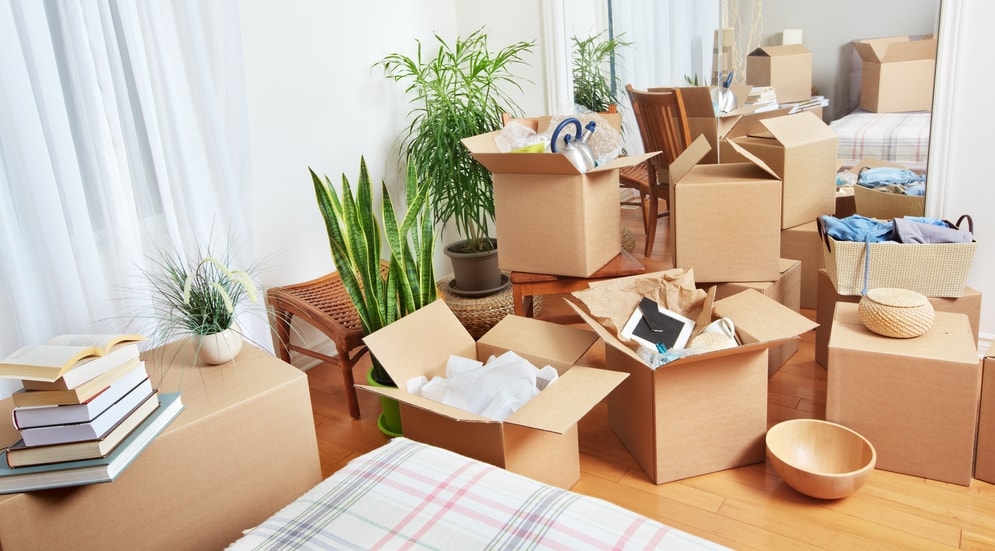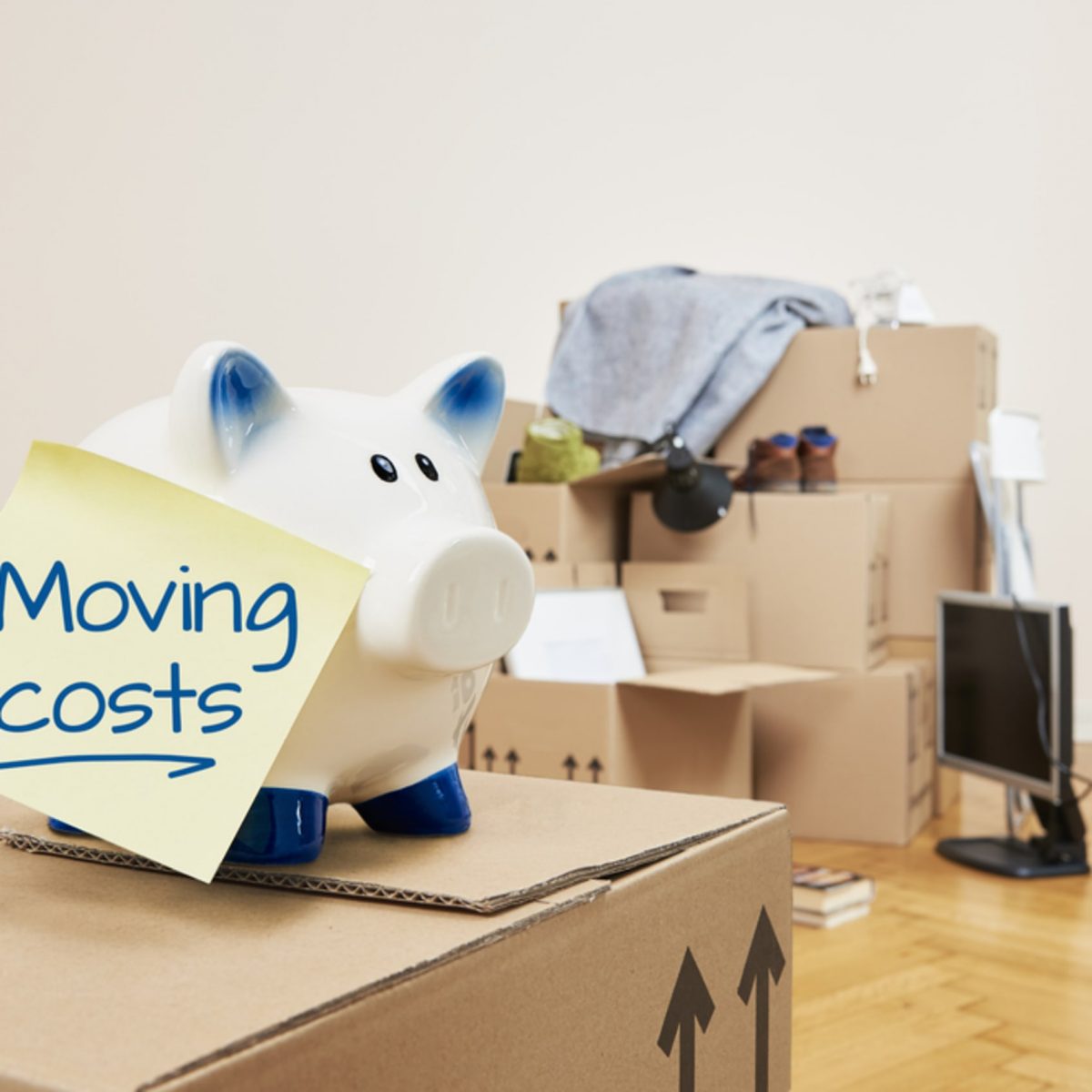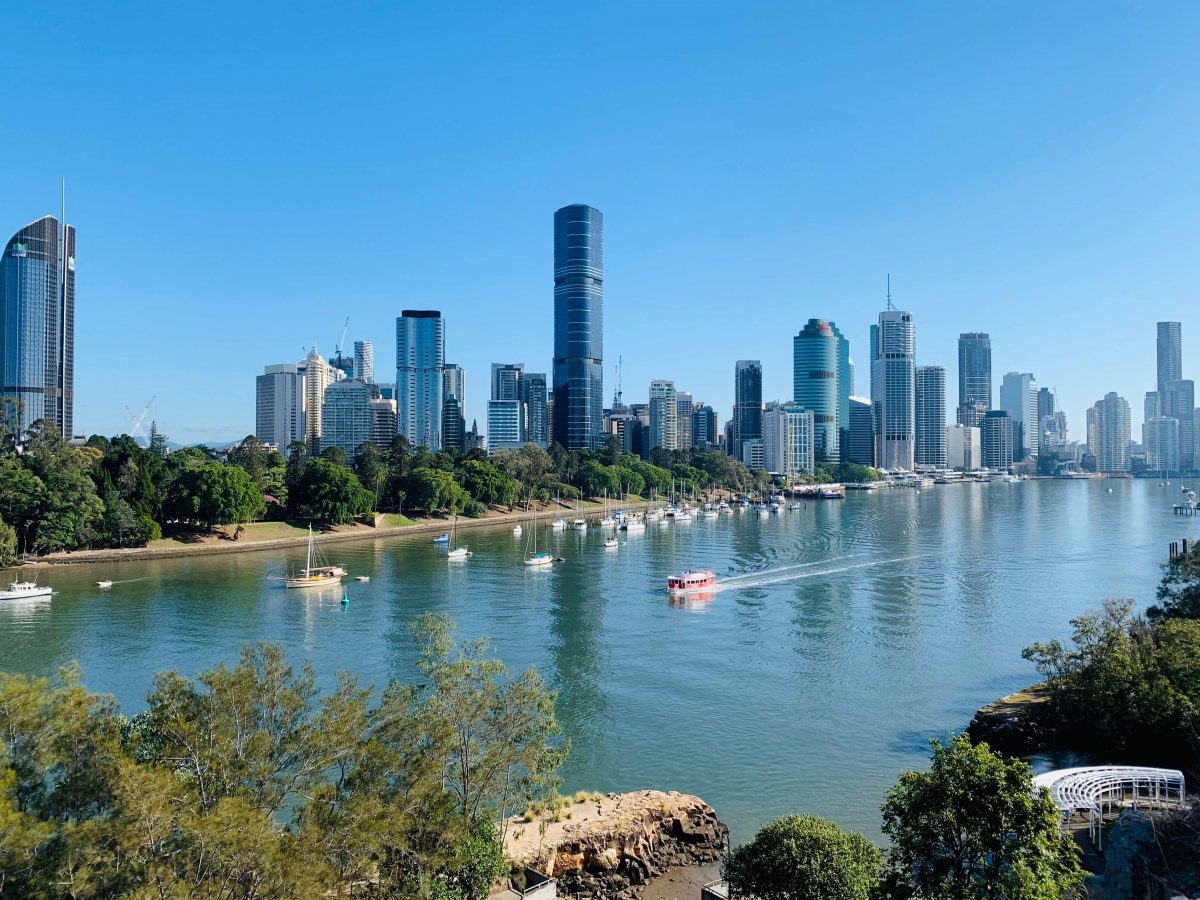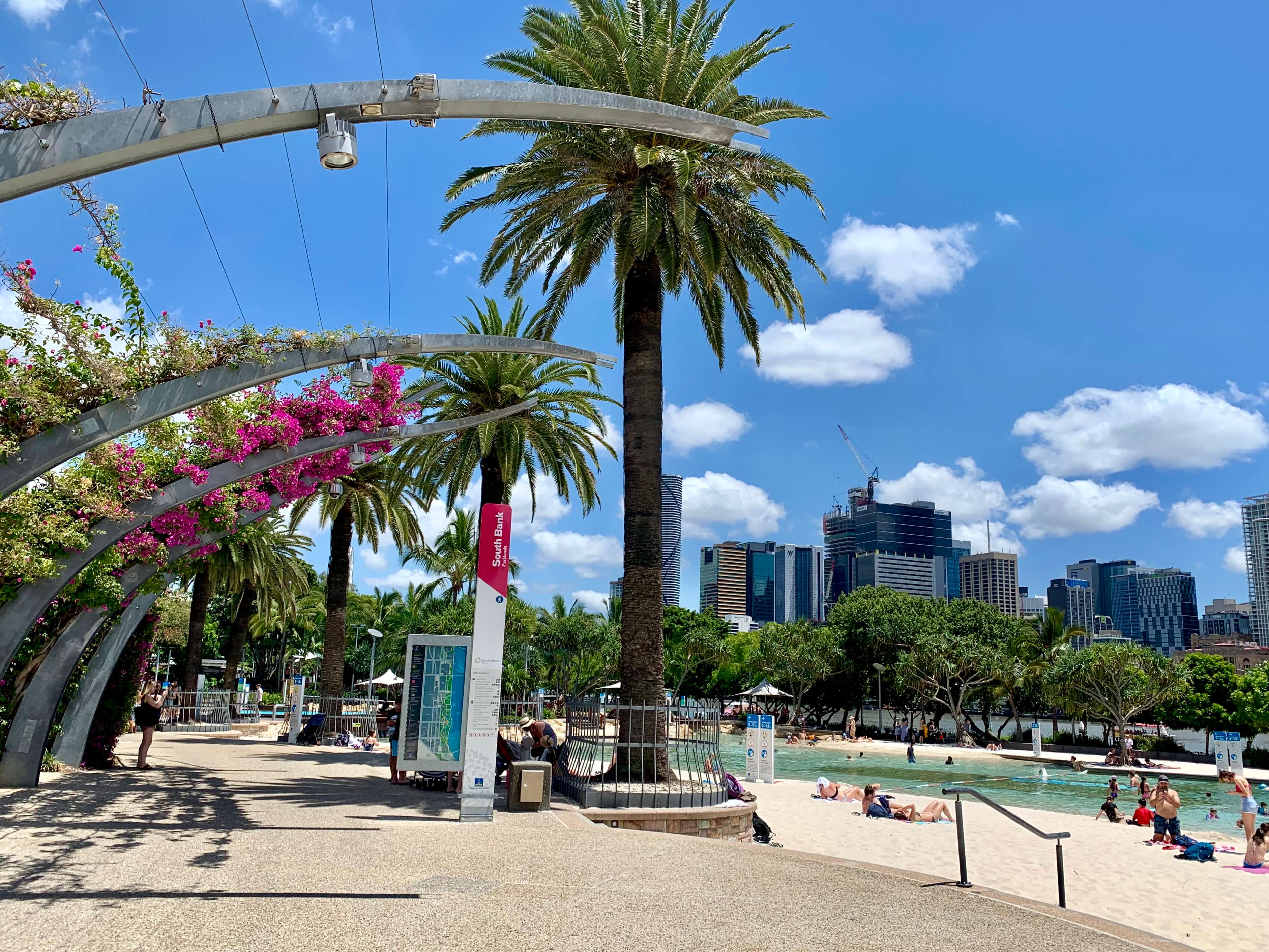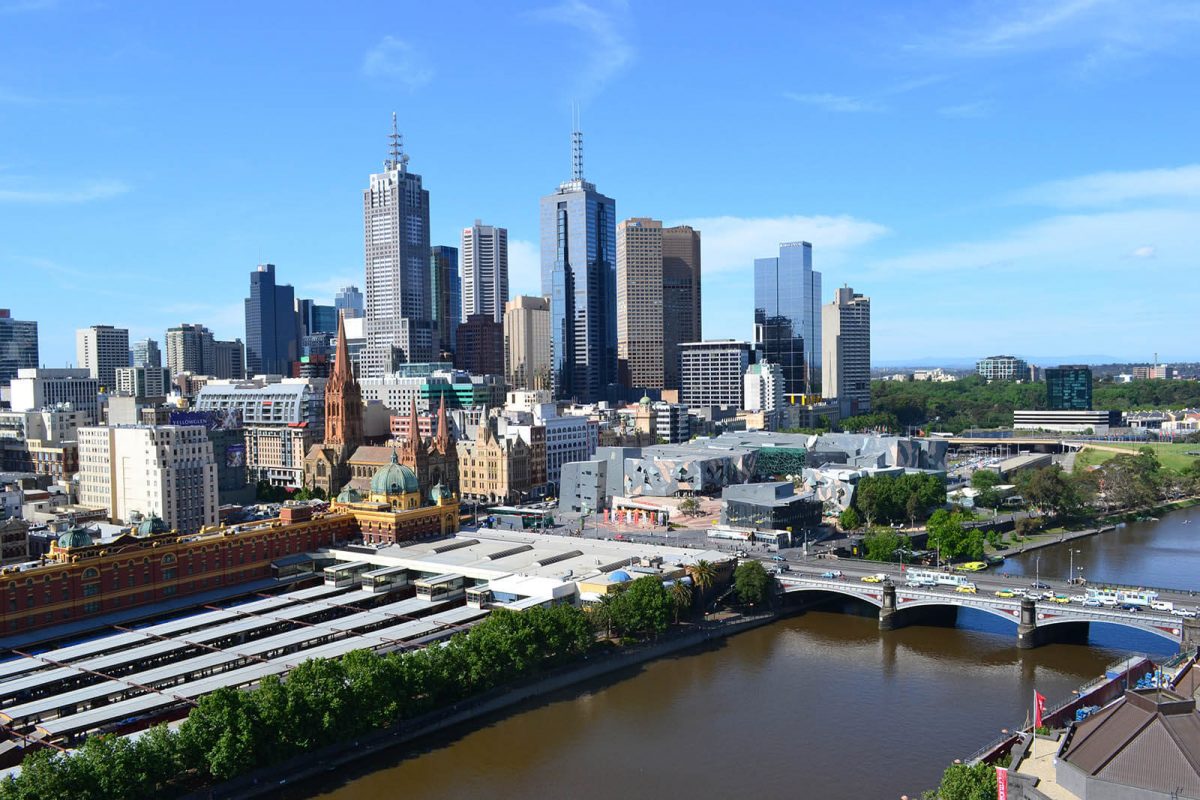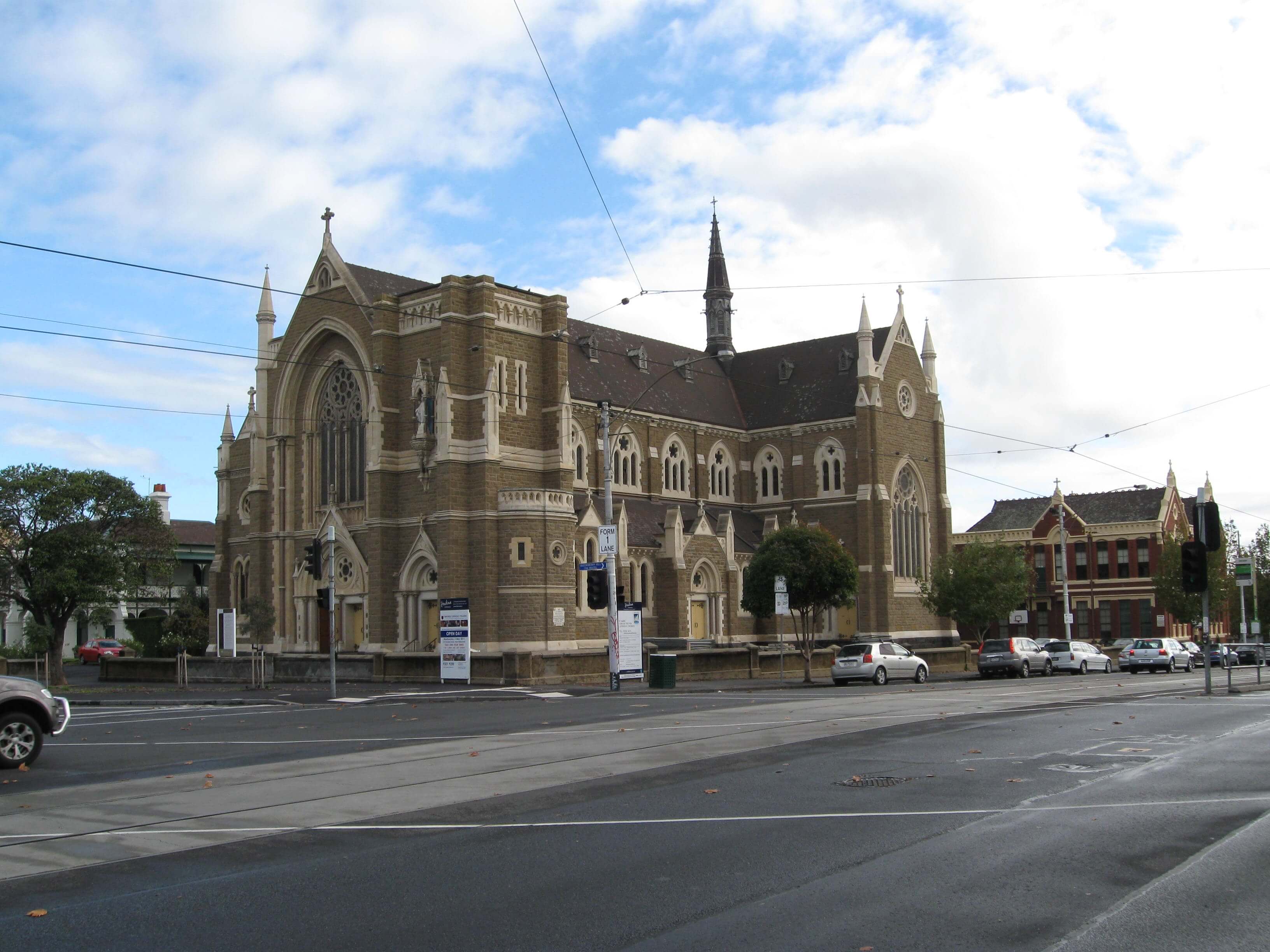Sometimes we neglect cleaning the house windows, either because we are too busy or do not think it is necessary. Keeping your windows clean, both for your health and appearance is imperative. Dust, dirt, and other allergens can quickly build up on windows, causing various respiratory problems. Additionally, dirty windows are not very aesthetically pleasing.
If you may not have the time or energy to clean your windows, there are window cleaners who can help. These services employ high-powered equipment and chemicals to swiftly and thoroughly clean your windows.
You can be confident that your windows will remain clean for an extended time when you use a window cleaner This is because they clean the glass and the surrounding areas, such as the window frames and ledges.
Be sure to research different window cleaners to find the best one for you.
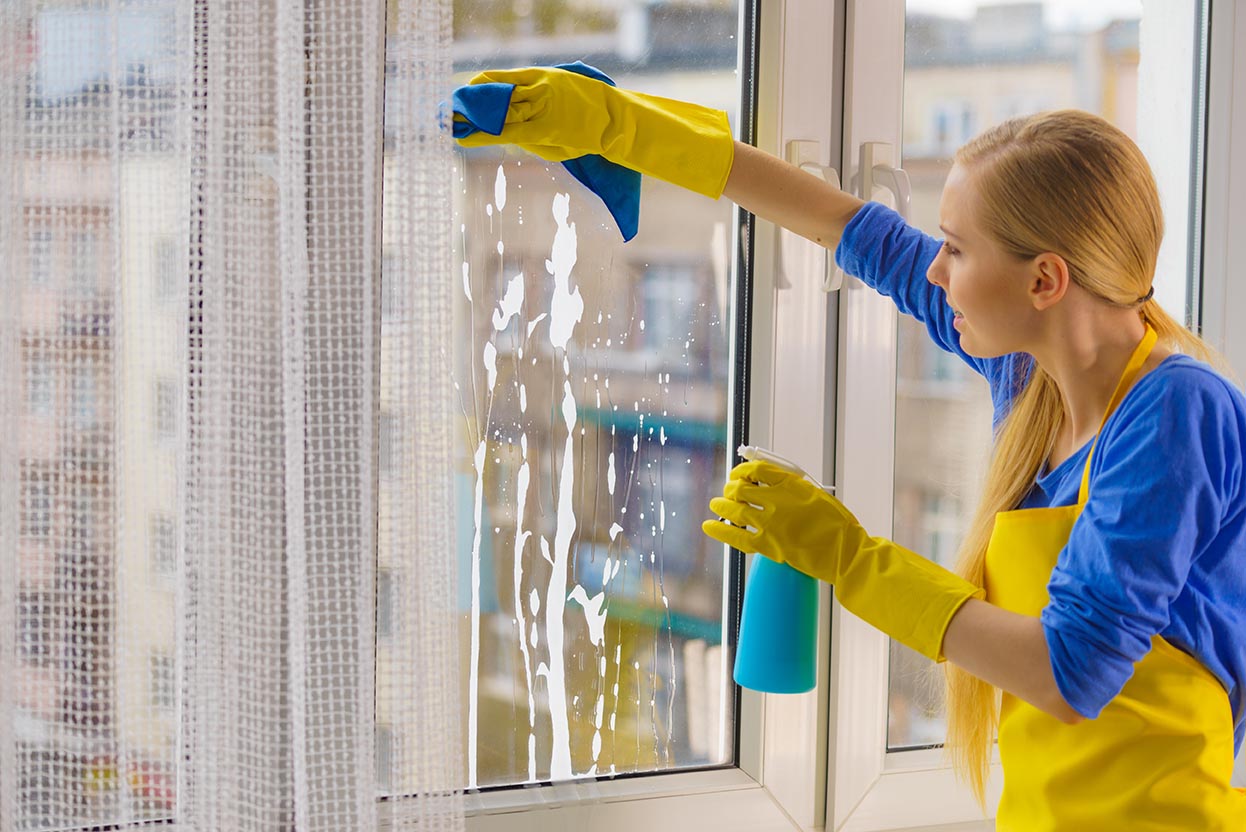
The Benefits of Hiring a Professional Window Cleaning Service
Hiring a professional window cleaners service has numerous advantages, including:
They will save you time.
Cleaning windows is a time-consuming task, and if you have a busy schedule, it can be challenging to find the time to do it yourself. Hiring commercial window cleaning will free up your time to focus on more important things.
They will save you money.
When you do not clean your windows regularly, they will become stained and scratched. Repairing this can be costly, but if you engage professional window cleaning services or residential window cleaning experts, they will be able to keep your windows in good condition and avoid the need for expensive repairs.
They will make your house look nicer.
Clean windows may make a significant impact on the appearance of your home, and cleaning services will also boost the value of your home if you decide to sell it in the future.
They will benefit your health.
Dust, grime, and other allergens can accumulate on exterior windows, creating respiratory difficulties. If you have allergies or asthma, you must keep clean windows all the time. Hiring commercial window cleaning would eliminate these allergens and improve your overall health.
If you are looking for a way to save time and money, and improve the appearance and health of your home, hiring a cleaning services to clean windows on residential and commercial properties is a great option.
What is the Window Cleaning Procedure?
When you engage a professional window cleaning company, they will follow a precise technique to ensure that your windows are properly cleaned. This procedure entails:
Inspecting the windows.
The first step is to inspect the windows to determine how to clean them. The type of window, the amount of dirt and grime, and other factors will all be considered.
Pre-cleaning the windows.
Once the inspection is complete, the window cleaning company will pre-clean the windows to remove loose dirt and debris, making the actual cleaning process much easier and more effective.
Cleaning the windows.
The next step is to clean the windows using various tools and solutions. This may include scrubbing, power washing, or using unique cleaning solutions.
Drying the windows.
Once the windows have been cleaned, they will be dried to prevent streaking and water spots.
Inspecting the results.
After the windows have been cleaned and dried, the window cleaning company will inspect the results to ensure that you are satisfied.
The window cleaning procedure may vary slightly depending on the company you hire, but these are generally the steps followed.
Types of Windows
There are a few types of windows, and each one necessitates a different cleaning approach.
Glass windows are the most popular form of window. The most prevalent window seen in houses and businesses is glass windows. They are simple to clean, and however, they might develop streaks and wet marks if not cleaned properly.
Vinyl Windows comprises long-lasting plastic and is widely used in homes and businesses. They are simple to maintain but can be quickly scratched if not properly cleaned.
Wood windows. Wood windows are not as prevalent as glass or vinyl windows, but they can be found in some homes and businesses. To avoid damage, they must be cleaned with extreme caution.
How Often Should You Clean Your Windows?
The frequency with which you clean your windows is determined by various factors, including the type of window, the climate you live in, and the amount of traffic in your home. However, it is advised that you clean your windows at least once a year. If you live in a polluted or dirty location, you may need to clean your windows more frequently.
Can I Clean My Windows?
You can clean your windows, but it is generally not recommended. Window cleaning is a time-consuming and challenging task, and if it is not done correctly, you could damage your windows. In addition, if you are not experienced in window cleaning, you could end up with streaks or water spots. To guarantee that your windows are properly cleaned, it is always better to engage a professional window cleaning service.
How Much Does Window Cleaning Cost?
The cost of window cleaning will vary depending on the size of your home, the number of windows you have, and the company you hire. However, you can expect to pay between $75 and $150 for a professional window cleaning service.
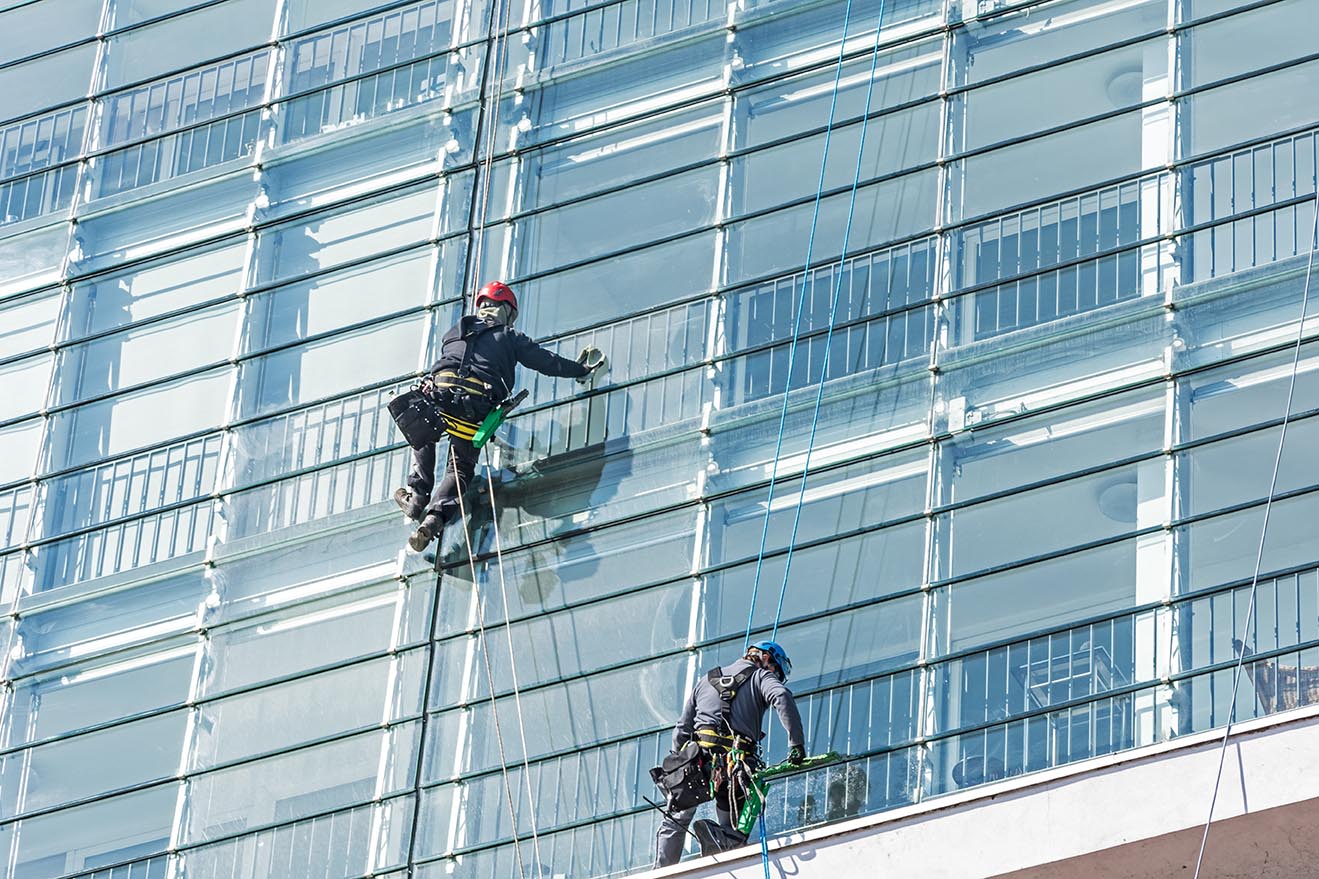
Conclusion
Hiring an experienced window cleaning service is the most effective approach to cleaning your windows regularly and adequately. Find a window cleaning company with experience and a solid reputation if you’re looking for one. You can get recommendations from friends and relatives or look for reviews online. When you’ve identified a few companies, compare their costs and offerings to discover the best bargain.

